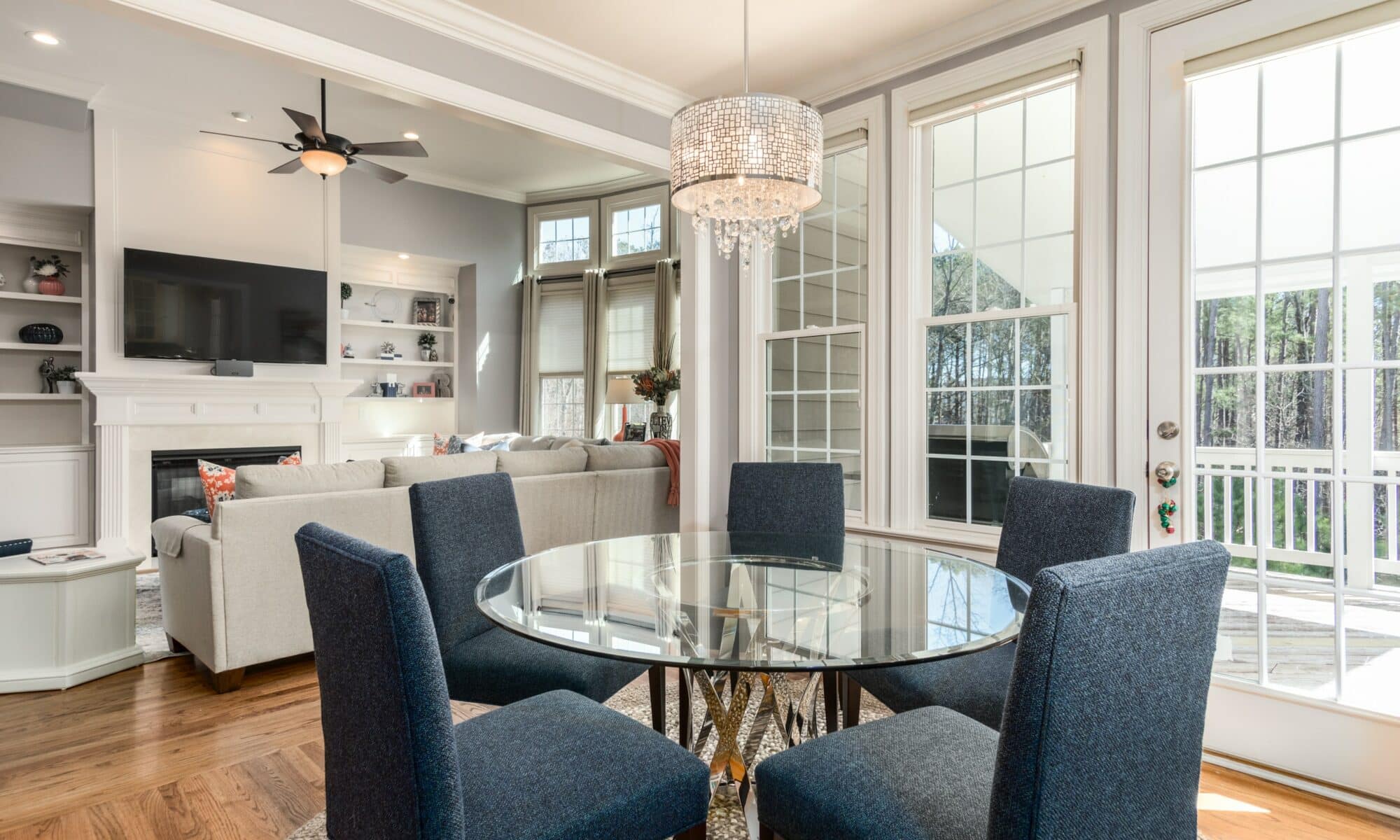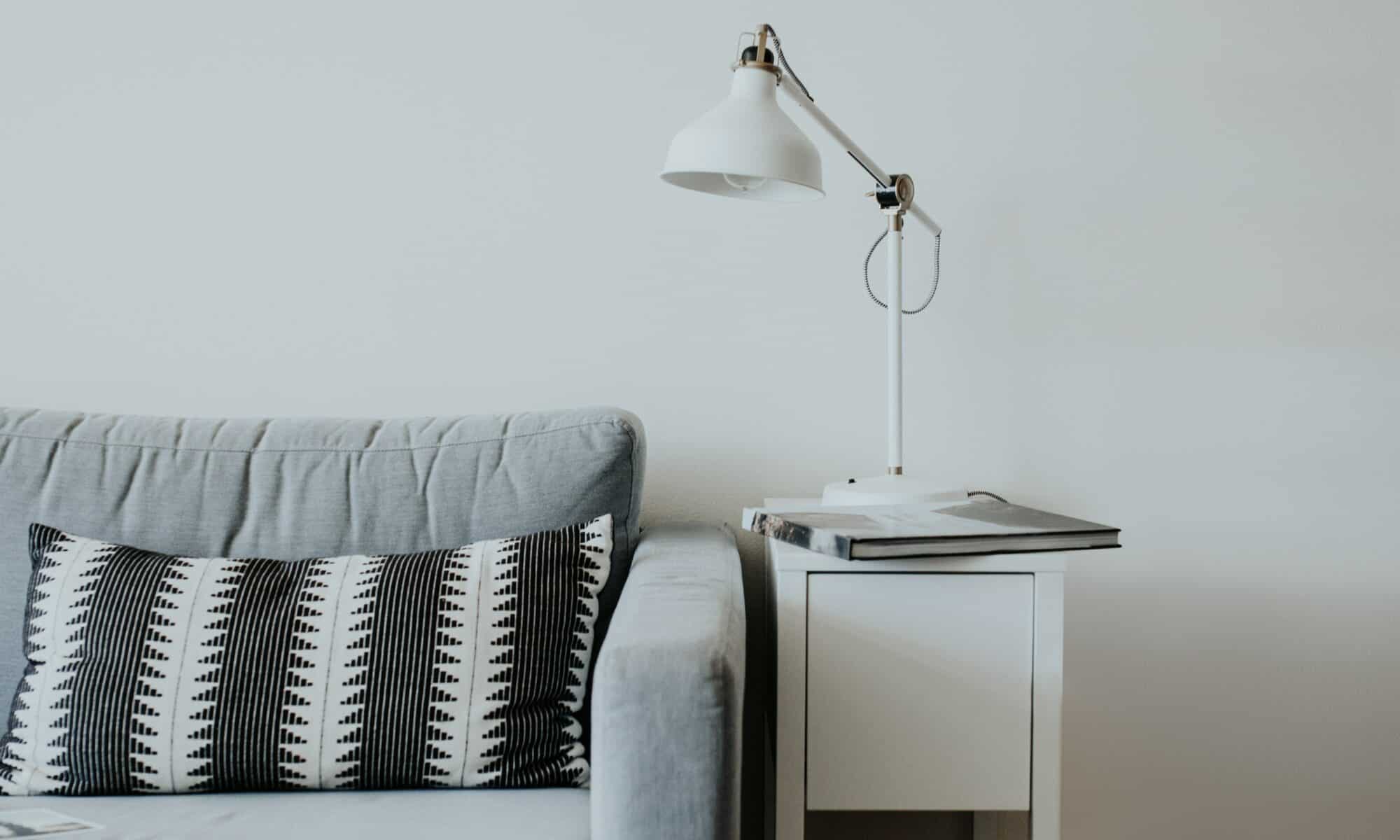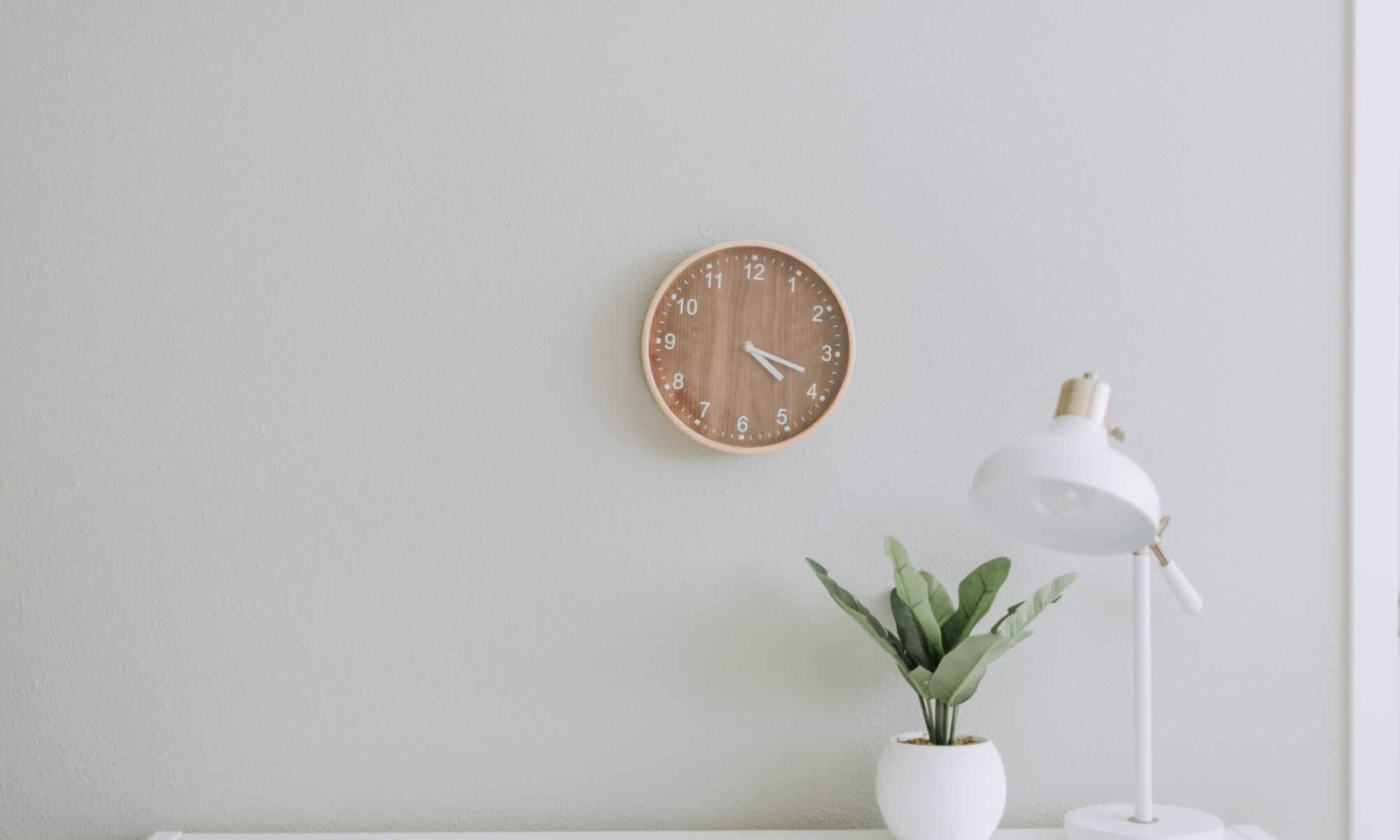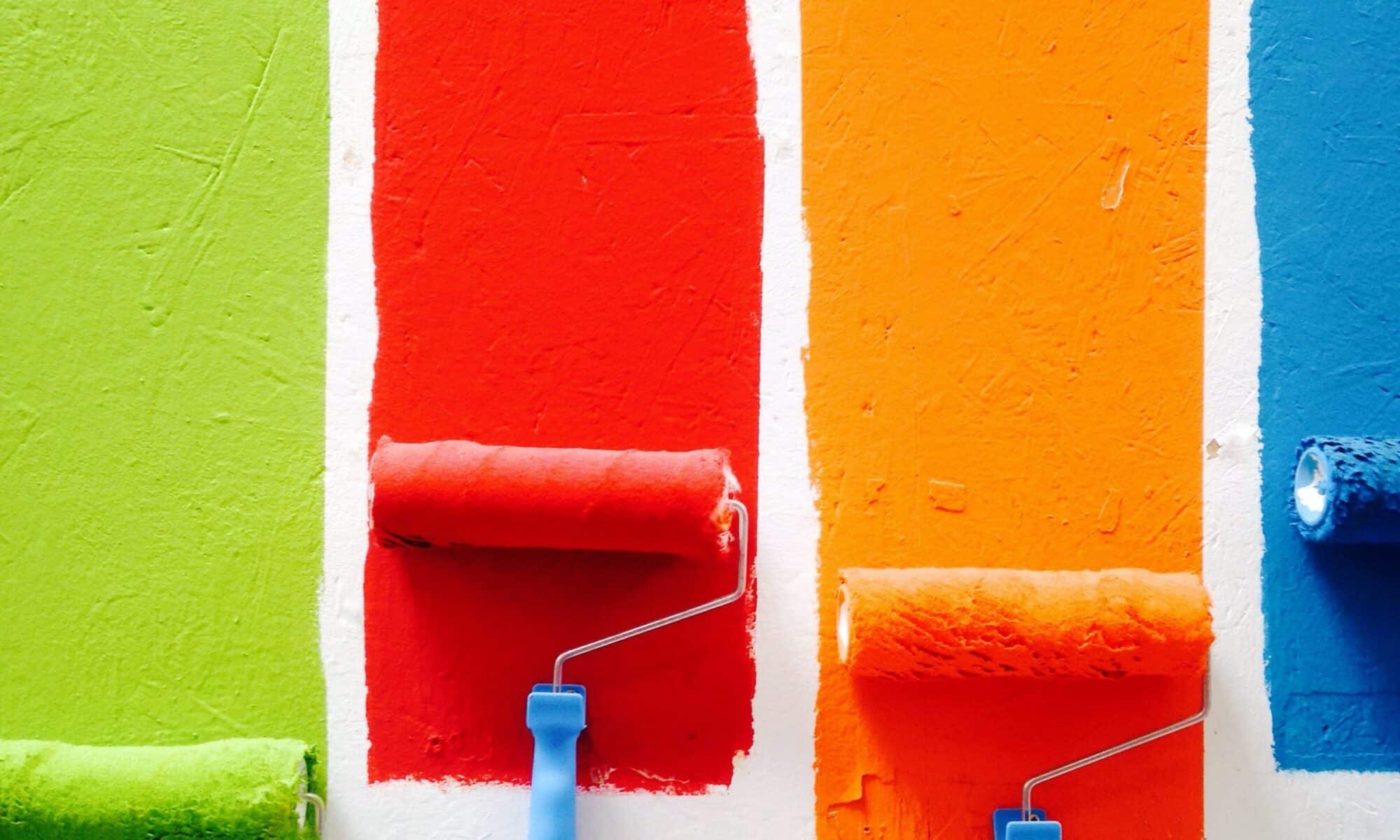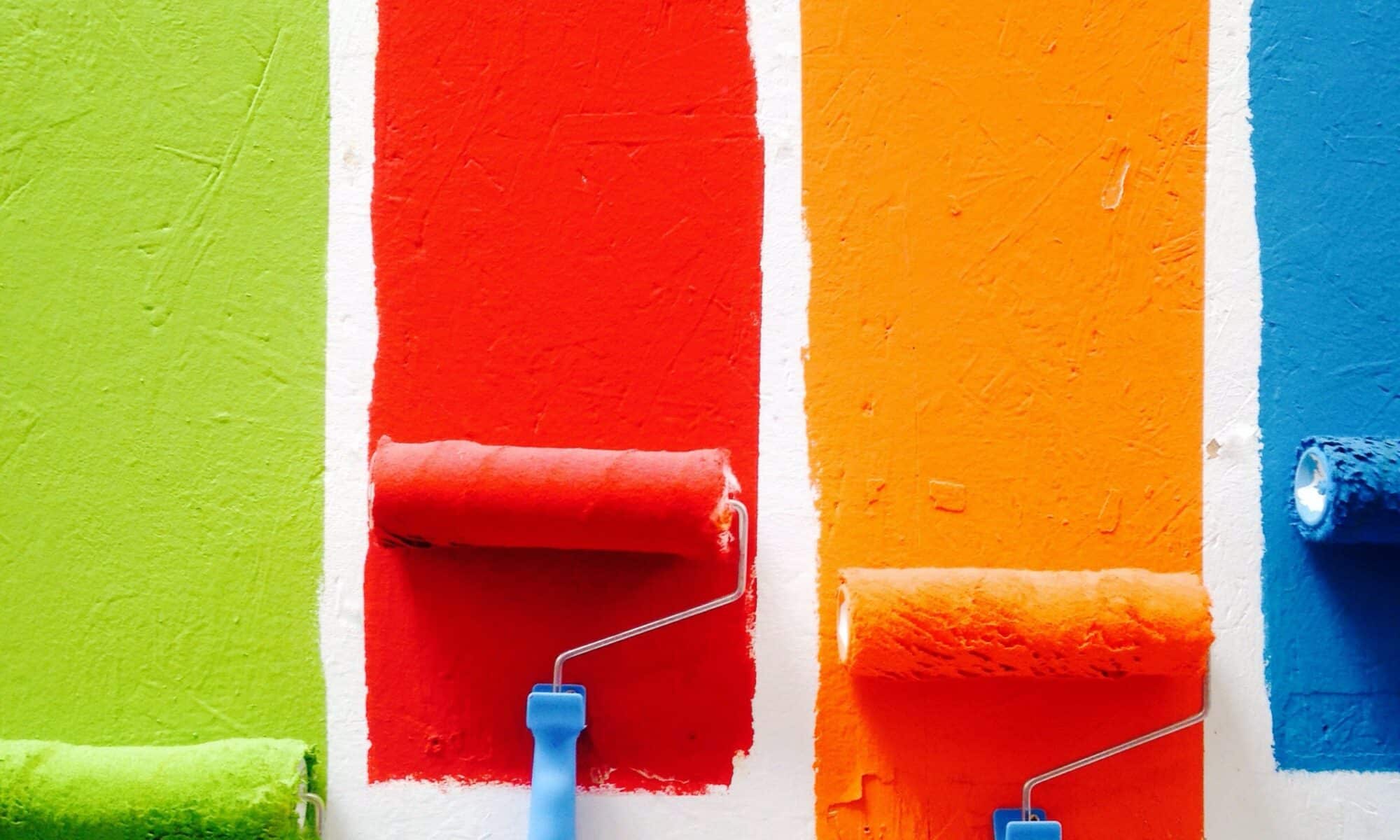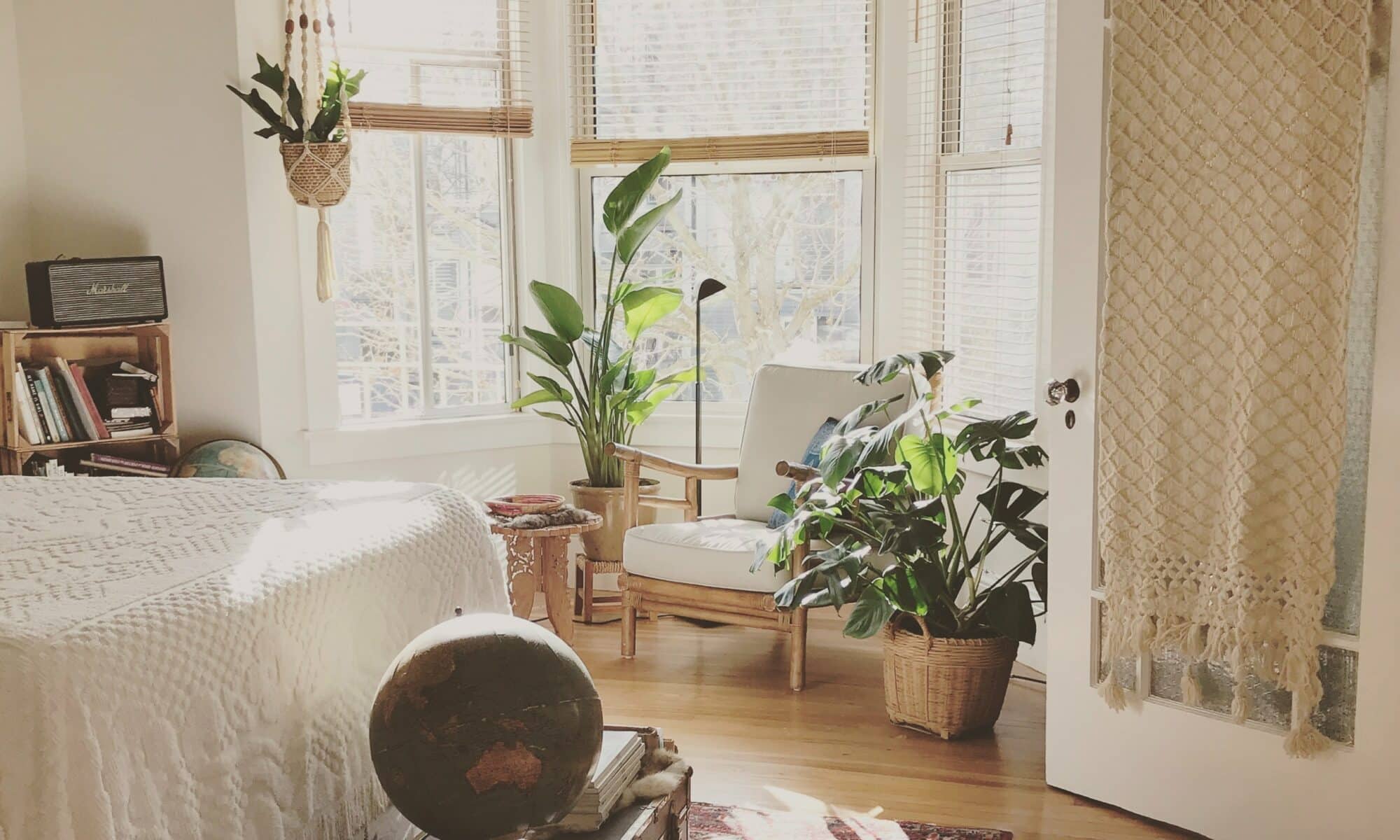Introduction to Professional Painting in Dublin
Dublin’s vibrant cityscape is continually evolving, and the appearance of its residential and commercial properties plays a significant role in this dynamic progression. Professional painting services are a cornerstone in maintaining and enhancing the visual and structural integrity of properties in Ireland’s capital.
The Importance of Professional Painting for Properties
Professional painting is more than just a cosmetic upgrade; it’s an investment in the upkeep and preservation of a property. Property owners who choose professional painting solutions benefit from the expertise and precision that come with seasoned painters. These services contribute to safeguarding the property against weathering, decay, and other environmental factors that can affect the Dublin area.
A fresh coat of paint applied by professionals can also assist in the early detection of potential issues, such as moisture damage or insect infestations, that might otherwise go unnoticed. For insights into maximizing property value through painting, readers can explore the article on maximizing property value with Dublin’s professional painters.
The Impact of Painting on Property Appeal
The aesthetic appeal of a property is significantly influenced by its exterior and interior paint job. A professionally painted property stands out with a finish that reflects quality and attention to detail, making it attractive to potential buyers, renters, and customers. For commercial entities, the right paint job can enhance brand identity and create a welcoming atmosphere for clients.
Residential property owners looking to renovate their spaces can find valuable information in top professional painters in Dublin for home renovations. Similarly, commercial property owners can discover how to transform their spaces with Dublin’s premier professional painting services for businesses.
The choice to engage professional painters is a pivotal decision for any property owner in Dublin. It ensures that the property not only looks its best but is also protected and preserved for the future. Whether the goal is to refresh a home, revitalize a commercial space, or prepare a property for the market, professional painting solutions offer a blend of aesthetic and functional benefits that can cater to the diverse needs of Dublin’s properties.
Scope of Professional Painting Solutions in Dublin
Dublin’s property market caters to diverse needs, from quaint residential homes to sprawling commercial complexes and robust industrial facilities. Professional painting services in Dublin are well-equipped to enhance the aesthetic appeal and value of properties across these varied sectors.
Residential Painting Services
Professional painting services for residential properties in Dublin provide homeowners with a range of options to transform their living spaces. Expert painters cater to interior and exterior painting needs, ensuring that each home reflects the owner’s style and sophistication. Services typically include:
- Interior painting, including walls, ceilings, and trim
- Exterior painting, including facade, doors, and window frames
- Deck and fence painting or staining
To understand how these services can maximize property value, consider reading maximizing property value with Dublin’s professional painters. Homeowners looking to renovate can find valuable insights at top professional painters in Dublin for home renovations. Those aiming for a complete transformation of their residence might explore transform your home with Dublin’s best professional painters.
Commercial Painting Services
Dublin’s commercial properties, including office buildings, retail spaces, and hospitality venues, require painting solutions that align with their brand image and customer expectations. Professional painters offer services that cover:
- Interior commercial spaces tailored to business branding
- Exterior commercial painting for facades and signage
- Specialty coatings for durability in high-traffic areas
Business owners and property managers seeking to understand the benefits of professional services can refer to discover Dublin’s premier professional painting services for businesses. For insights on the effect of painting on real estate, professional painters in Dublin: making real estate shine is an excellent resource.
Industrial Painting Services
Industrial painting services in Dublin address the unique demands of factories, warehouses, and other large-scale facilities. These services focus on protective and functional coatings that are essential for maintaining the integrity of industrial properties. Offerings include:
- Epoxy and polyurethane floor coatings
- Machinery and equipment painting
- Structural steel and metalwork painting
Managers of industrial properties can benefit from the expertise highlighted in professional painters in Dublin: expertise for every project. Additionally, professional painters in Dublin: quality services for property managers provides guidance tailored to the needs of property management professionals.
The breadth of painting solutions available in Dublin ensures that every property, no matter its use, can be enhanced to meet aesthetic goals and functional requirements. With a focus on quality, durability, and attention to detail, Dublin’s professional painters are equipped to handle the diverse needs of the city’s vibrant property landscape.
Benefits of Hiring Professional Painters for Dublin Properties
Enlisting the services of skilled painters can transform the aesthetic appeal and functionality of properties in Dublin. This section outlines the advantages of hiring professional painters, providing insights for homeowners, real estate developers, and commercial property owners.
Quality and Expertise
Professional painters bring a level of quality and expertise that is difficult to match with DIY efforts. These experts possess the necessary skills and knowledge to handle various painting projects, ensuring that each job is completed to the highest standard. They are adept at surface preparation, choosing the right paint types, and applying them with precision.
Time Efficiency
One of the most significant benefits of hiring professional painters is their ability to complete projects within a set timeframe. They have the experience to estimate the duration of a project accurately and work diligently to meet deadlines. This time efficiency is particularly beneficial for commercial property owners who need to minimize disruptions to their operations.
Longevity and Durability
When it comes to professional painting solutions, longevity and durability are key considerations. Expert painters use high-quality paints and materials that are designed to withstand Dublin’s weather conditions, providing a long-lasting finish that maintains its appearance over time. This durability translates into cost savings, as the need for frequent touch-ups or repaints is reduced.
Customization and Personalization
Professional painters offer a level of customization and personalization that allows property owners to achieve the exact look they desire. Whether it’s selecting a unique color palette or incorporating specific design elements, skilled painters can bring a client’s vision to life. This bespoke approach enhances the property’s appeal and can reflect the owner’s personal style or brand identity.
By choosing professional painting services, Dublin property owners can reap the benefits of impeccable quality, time efficiency, lasting durability, and tailored designs. Moreover, these services can significantly contribute to maximizing property value and making real estate shine. For those considering a renovation or upgrade, exploring Dublin’s best professional painters can be a step towards achieving an enhanced, sophisticated property.
Preparing for Professional Painting Services
Before the arrival of professional painters in Dublin, property owners should take the necessary steps to ensure a smooth and successful painting experience. This preparation can help to maximize efficiency and minimize disruptions during the painting process.
Assessing Your Property’s Needs
The first step is to evaluate the condition of your property and its painting requirements. Consider factors such as the age of your current paint job, visible wear and tear, and whether you’re looking for a fresh new look or simply a touch-up. This assessment will guide you in discussing with the painters the scope of the project, from selecting appropriate colors to choosing durable paint options that can withstand Dublin’s weather.
To make the most of your investment, you could also seek advice on maximizing property value with Dublin’s professional painters. They can recommend styles and color schemes that enhance curb appeal and potentially increase the property’s market value.
Planning and Scheduling the Painting Process
Once you’ve identified your property’s painting needs, the next step is to plan and schedule the service. Professional painters will work with you to establish a timeline that minimizes interference with your daily activities. For commercial properties, it may be essential to schedule work after business hours or during weekends to prevent disruptions to operations.
Contact top professional painters in Dublin for home renovations to discuss the best time for your project and ensure that the work is completed within the agreed timeframe.
Preparing Your Space for Painters
Preparation is key to a successful paint job. Before the professional team arrives, clear the area of furniture and personal items to create a clean workspace. For interior projects, this might mean relocating furniture to the center of the room and covering it with drop cloths. For exterior projects, ensure that any landscaping is trimmed back and that outdoor furniture is moved away from the walls.
| Preparation Task | Description |
|---|---|
| Furniture Relocation | Move to the center or another room |
| Wall Hangings | Remove paintings, mirrors, and decor |
| Outlet Covers | Remove covers for a cleaner paint line |
| Cleaning | Dust and wash surfaces to be painted |
By taking these steps, you can help ensure that the painters can begin work promptly and that your belongings are protected from paint splatters. For more guidance on preparing your home for painting, check out transform your home with Dublin’s best professional painters.
Proper preparation is crucial for a seamless painting experience. By assessing your needs, planning the project, and preparing your space, you can work effectively with professional painters to enhance the appeal of your property in Dublin.
The Process of Professional Painting
Professional painting is much more than just applying a fresh coat of paint; it’s an intricate process that demands meticulous preparation and expertise. The process ensures not only an aesthetically pleasing result but also a durable finish that can withstand Dublin’s unique weather conditions.
Surface Preparation
The initial and most crucial step in the painting process is surface preparation. A surface that is well-prepared will ensure maximum adhesion of the paint, which is essential for a long-lasting finish. Professional painters will first assess the condition of the surfaces to identify any repairs needed, such as filling holes or fixing cracks. Surfaces are then thoroughly cleaned to remove any dirt, grease, or existing loose paint. Sanding may be necessary to create a smooth base for painting.
| Task | Description |
|---|---|
| Cleaning | Removal of surface contaminants |
| Repairing | Filling holes and cracks |
| Sanding | Smoothing the surface |
Choosing the Right Paints and Materials
Selecting the appropriate paints and materials is paramount for achieving optimal results. The choice will depend on various factors, including the surface material, the desired finish, and the paint’s durability, especially in fluctuating weather conditions. High-quality paints and primers provide better coverage, longevity, and resistance to fading and weathering. The selection process might involve choosing between water-based and oil-based paints, as well as between different sheens, from matte to high gloss.
For insights on how professional painting can boost property appeal and value, consider reading maximizing property value with Dublin’s professional painters.
Application Techniques
Once the surface is prepared and the right materials are chosen, the actual painting can commence. Professional painters employ various application techniques to ensure a uniform and smooth finish. Brushing and rolling are the most common methods for interior walls, while spraying might be used for larger, exterior surfaces or for achieving a finer finish.
Professionals also understand the importance of applying the correct number of coats and allowing sufficient drying time between each coat. It’s this attention to detail that differentiates professional work from DIY attempts.
For more information on what sets professional painters apart, have a look at why Dublin homeowners prefer our professional painting services.
The process of professional painting, when done correctly, not only enhances the appeal of a property but also protects it from environmental elements and contributes to its longevity. Whether for residential, commercial, or industrial properties, professional painting solutions provide quality and durability that cannot be overlooked.
Maintaining Your Property’s Paint Job
Maintaining the condition of your property’s paintwork is crucial for preserving its aesthetic appeal and structural integrity. Proper maintenance not only enhances the longevity of the paint job but also ensures that properties in Dublin continue to exude charm and character.
Regular Maintenance Tips
To keep paint looking fresh and extend its lifespan, regular maintenance is key. Here are some tips to preserve the quality of your paint job:
- Cleaning: Gently wash walls annually with a soft cloth and mild detergent to remove dust, dirt, and grime.
- Inspections: Regularly inspect for signs of peeling, chipping, or cracking. Early detection can prevent more extensive damage.
- Touch-Ups: Address minor damages promptly with touch-up painting to maintain a uniform appearance.
- Mold and Mildew: In damp conditions, watch for mold and mildew. Clean affected areas with a specialized solution and repaint if necessary.
By adhering to these maintenance guidelines, homeowners and property managers can ensure the longevity and vibrancy of their paintwork. For more insights on maximizing property value through painting, explore our article on maximizing property value with Dublin’s professional painters.
Addressing Wear and Tear
Over time, paintwork will inevitably experience some wear and tear due to various factors, including weather conditions and daily wear. When you notice the following signs, it’s time to take action:
- Peeling or Flaking: Indicates that the paint is no longer adhering properly to the surface.
- Fading: Sun exposure can lead to a loss of vibrancy in the paint’s color.
- Cracking or Crazing: These could be signs of paint film failure.
If these issues are present, it may be necessary to consult Dublin’s go-to professional painters for exterior and interior projects to assess the extent of the damage and recommend solutions.
When to Consider a Fresh Coat
Repainting your property can bring new life to its appearance and offer protection against the elements. Consider the following table as a guideline for when to repaint:
| Surface | Repaint Frequency |
|---|---|
| Wood Siding | Every 3-7 years |
| Aluminum Siding | Every 5 years |
| Stucco | Every 5-6 years |
| New Types of Materials | Every 10-15 years |
However, the specific timing can vary based on factors such as paint quality, previous surface preparation, and exposure to harsh weather. For personalized advice on repainting, consult with experts who specialize in professional painting solutions for Dublin’s commercial properties.
Maintaining a paint job is an ongoing task that requires attention to detail and proactive care. By following these maintenance tips, addressing wear and tear promptly, and knowing when to apply a fresh coat, property owners can ensure that their investment remains attractive and well-protected for years to come. For assistance with any painting project, consider reaching out to professional painters in Dublin who can provide expertise for every project.
Professional Painting and Dublin’s Weather Conditions
Dublin’s unique weather patterns present specific challenges for painting exteriors. Understanding these conditions and adopting best practices is crucial for achieving durable and long-lasting paintwork on properties.
Weather Considerations for Exterior Painting
In Dublin, the climate is characteristically mild but can be unpredictable, with frequent rainfall and changes in humidity and temperature. These factors can greatly affect paint application and drying times. For exterior painting, it’s imperative to consider:
- Humidity: High humidity levels can prolong drying times and affect paint adhesion.
- Temperature: Paint should not be applied in temperatures too low or too high, as it can cause improper drying and lead to cracking or peeling.
- Rainfall: Scheduling painting during drier periods is crucial to prevent water damage and ensure proper curing of the paint.
Choosing the right time for painting is as important as the choice of paint itself. Here’s a brief overview of Dublin’s weather patterns to guide scheduling:
| Month | Average High Temp (°C) | Average Rainfall (mm) | Suggested Painting Period |
|---|---|---|---|
| January | 8 | 70 | Not Recommended |
| April | 12 | 50 | Ideal |
| July | 20 | 50 | Ideal |
| October | 14 | 70 | Caution |
Best Practices for Durable Results
To ensure that the professional painting solutions for Dublin’s commercial properties withstand the local weather, the following best practices should be adopted:
- Proper Timing: Schedule exterior painting projects during warmer and drier months, typically between late spring and early autumn, to avoid the wetter seasons.
- Quality Paints: Use high-quality paints formulated to resist the local weather conditions, including moisture and UV radiation.
- Expert Surface Preparation: Ensure thorough cleaning and priming of surfaces to enhance paint adhesion and longevity. Learn more about surface preparation from professional painters in Dublin: expertise for every project.
- Correct Application: Employ professional painters who understand the importance of the correct application techniques suitable for Dublin’s climate. This includes applying the right number of coats and allowing sufficient drying time between them.
- Regular Maintenance: Establish a maintenance routine to keep the paintwork in optimal condition, protecting it from the weather elements. For maintenance tips, check out maintaining your property’s paint job.
By considering Dublin’s weather conditions and adhering to best practices, property owners can ensure that their investment in professional painting yields appealing, durable results. Whether enhancing residential, commercial, or industrial properties, the expertise of professional painters can significantly contribute to maintaining a property’s aesthetic and structural integrity in the face of Dublin’s climate. Discover the benefits of hiring professionals by exploring Dublin’s go-to professional painters for exterior and interior projects.
Enhancing Commercial Properties
Enhancing commercial properties through professional painting solutions can significantly impact the visual appeal, brand representation, and overall ambiance of a business space in Dublin. The choice of color and application techniques play a vital role in creating the right impression and atmosphere for both employees and customers.
The Role of Color in Commercial Spaces
Color psychology is an essential consideration for commercial spaces as different colors can evoke various emotions and behaviors. Professional painting solutions enable businesses to leverage these psychological effects, enhancing the functionality and mood of their commercial environments.
| Color | Psychological Effect |
|---|---|
| Blue | Productivity and tranquility |
| Green | Balance and growth |
| Yellow | Energy and creativity |
| Red | Urgency and appetite stimulation |
| Neutral Tones | Sophistication and calm |
Incorporating brand colors into commercial spaces can also reinforce corporate identity and create memorable experiences for visitors. The strategic use of color can guide customer behavior, highlight architectural features, and even influence perceptions of space and size.
Painting Solutions for Different Types of Commercial Spaces
The diversity of commercial spaces in Dublin calls for tailored painting solutions that cater to the unique needs of each business sector. Professional painters possess the expertise to recommend and apply the correct type of paint and finishes for various commercial settings.
Retail Spaces
Retail spaces require dynamic and inviting colors that enhance the shopping experience and highlight merchandise. Durable paint finishes that can withstand high foot traffic are recommended.
Offices and Corporate Buildings
These spaces benefit from colors that promote focus and efficiency. Low-VOC (volatile organic compounds) paints are often used to ensure better air quality for the well-being of employees.
Restaurants and Hospitality
Ambiance is paramount in these spaces, with color schemes often reflecting the culinary theme or desired dining experience. Easy-to-clean and resistant paint finishes are ideal due to frequent cleaning.
Healthcare Facilities
Hygienic paint solutions with antimicrobial properties are suitable for healthcare settings, with color choices that promote a sense of calm and cleanliness.
Educational Institutions
Bright and stimulating colors are often used in educational facilities to create an environment conducive to learning and engagement.
Professional painting solutions for Dublin’s commercial properties are diverse, and the right choice depends on the specific goals and functions of each commercial space. For more insights on maximizing property value with professional painting, visit our article on maximizing property value with Dublin’s professional painters. Property managers seeking quality services can explore professional painters in Dublin: quality services for property managers.
By working with skilled painters in Dublin, commercial property owners can ensure that their spaces are not only aesthetically pleasing but also aligned with their business objectives. Whether refreshing an existing space or undertaking a new project, professional painters have the know-how to deliver exceptional results that reflect a company’s vision and ethos. Explore the possibilities with Dublin’s go-to professional painters for exterior and interior projects by visiting Dublin’s go-to professional painters for exterior and interior projects.


